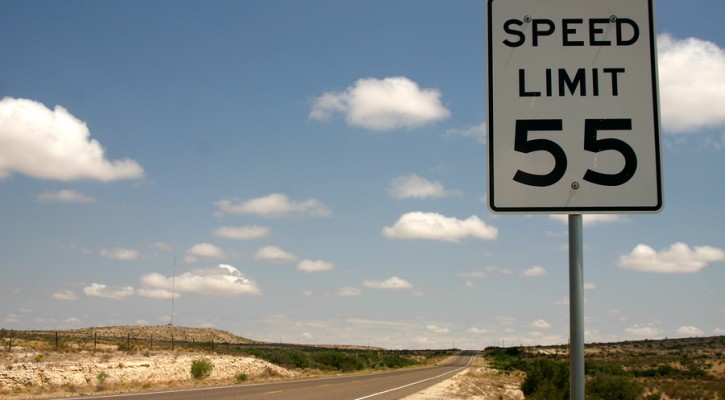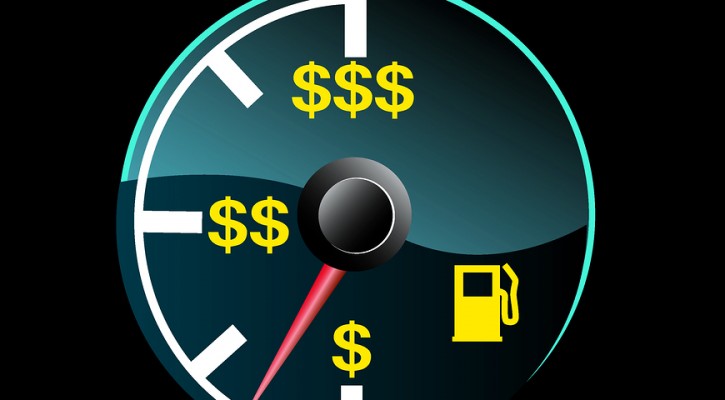
Gas Mileage Dilemma: AC and MPG
June 3, 2014
There has been a shift in the age-old debate over air-conditioning and gas mileage.
Once upon a time, drivers would roll down their windows on a hot day. They assumed that it would waste less gas than running the air conditioner. Then, one hot summer day, some “experts” told the public that driving with the windows up and the air-conditioning on would result in better gas mileage than rolling the windows down. Their argument: rolling down the windows created more drag, and that resistance used more gas than the AC.
However, it appears that this argument was based more on theory than fact (or possibly they were just sick of being hot). Years of testing by actual drivers, as well as studies done by Edmunds.com, the Society of Automotive Engineers (SAE), and Consumer Reports revealed that gas mileage is actually better with the windows down and the AC off. And so, the debate over AC and MPG wages on.
Of course, this doesn’t mean that you have to suffer through the heat wave without any air-conditioning. It would definitely be less cost efficient to have a heat stroke and crash your car than to simply turn on the AC every once in a while. However, if you want to get the most out of your gas mileage then consider cruising with the windows down and dressing for the weather.
For more information on air-conditioning and gas mileage, see the full story below:
http://greenliving.about.com/od/travelinggreen/a/Air-Conditioning-MPG-Gas-Mileage.htm

Cartalk: Engine Wear and Tear
April 15, 2014
Tom and Ray from Cartalk answer an important question for car owners everywhere. They cite Issac Newton, Daniel Bernoulli, Leanhard Euler, and Bridgestone to prove that driving at 75 mph is much more costly than driving at 55 mph. Not only does it decrease gas mileage by up to 40%, but it also decreases engine life and tire life. See the full story here:
http://www.cartalk.com/blogs/tom-ray/will-vs-wife-engine-wear-and-tear

Gas-Saving Game-Changing Tractor-Trailer
April 10, 2014
At 9.9 mpg, the proud engineers of this tractor-trailer have accomplished a 54% increase in fuel efficiency. Now, that’s a real game changer. If put into use, this truck could save owners tons of money, reduce shipping costs and make the prices of common consumer goods cheaper for everyone. See the full story here:
http://www.wired.com/2013/04/super-truck/
Hypermiling 101: Ten Tips for Better Gas Mileage
March 20, 2014
You may have seen hypermilers before. They’re those pesky people that drive slow, coast up to stop lights at turtle-speed, and are constantly cutting their engines in fast food drive-through’s. However, if we only knew how much gas they were saving then everyone would be driving this way. In fact, some hypermilers are routinely getting 40 – 50 mpg in old cars that have mpg ratings in the 20’s. That’s nearly twice the gas mileage! So, let’s take just 10 tips from these ingenious hypermilers and see what we can get:
1. Easy on the accelerator. Though it may seem obvious, most drivers overlook this simple gas-saving trick. Avoid quick acceleration, drive under 60 mph, coast down hills, slow down and avoid the brakes around turns, and always release the gas early when approaching stop signs and stop lights for a slow-rolling, gas-saving stop.
2. Lighten the Load. Excess junk in the trunk can affect gas mileage, especially when the cumulative weight exceeds 100 lbs. Unused roof racks and bike racks can take their toll as well, adding both weight and wind resistance.
3. Tune it up. A simple tune up is great for gas mileage. In fact, it could raise your fuel economy by as much as 10%. For oil changes, using a lighter viscosity or multigrade oil will also improve efficiency. And, installing an engine-block heater will give you more efficient starts.
4. Pump up the tires. The more pressure in your tires, the better the gas mileage. So, always fill your tires up to the maximum pressure listed on the sidewall.
5. Avoid the Dreaded Idle. Long lines at gas stations and fast food stops force you to idle, at which point you are getting 0 mpg. If you’re stopping for more than 30 seconds, then you might as well just turn the engine off. Better yet, plan your trips accordingly and avoid those pitfalls altogether.
6. Go with the flow. A little lesson in physics here: all variables being equal, it is more efficient to drive at a constant speed within the flow of traffic than to drive at a constant speed in isolation. Dubbed the “corridor effect”, this aerodynamic oddity occurs when the flow of traffic generates a localized wind current.
7. Mind the wind. Strong winds can be a big factor in fuel efficiency. If possible, plan your trips to avoid strong headwinds and take advantage of strong tail winds. If crosswinds are an issue, look for a route with wind barriers such as trees, cliffs and infrastructure.
8. Drive hot. Driving in warmer weather improves gas mileage for multiple reasons. For one, a cold engine is less efficient. Also, cold tires and a cold drivetrain experience more rolling and mechanical resistance.
9. Fuel up early. Gasoline has physical properties that allow it to contract and expand depending on temperature. Pumping early in the morning could get you more gasoline per gallon, because overnight the gas becomes colder and more dense.
10. Get the Tech. Today’s technology gives us instant feedback on all our hypermiling efforts. There are plenty of companies that sell fuel-consumption gauges, as well as smartphone apps that can retrieve data from the black box on your car.

